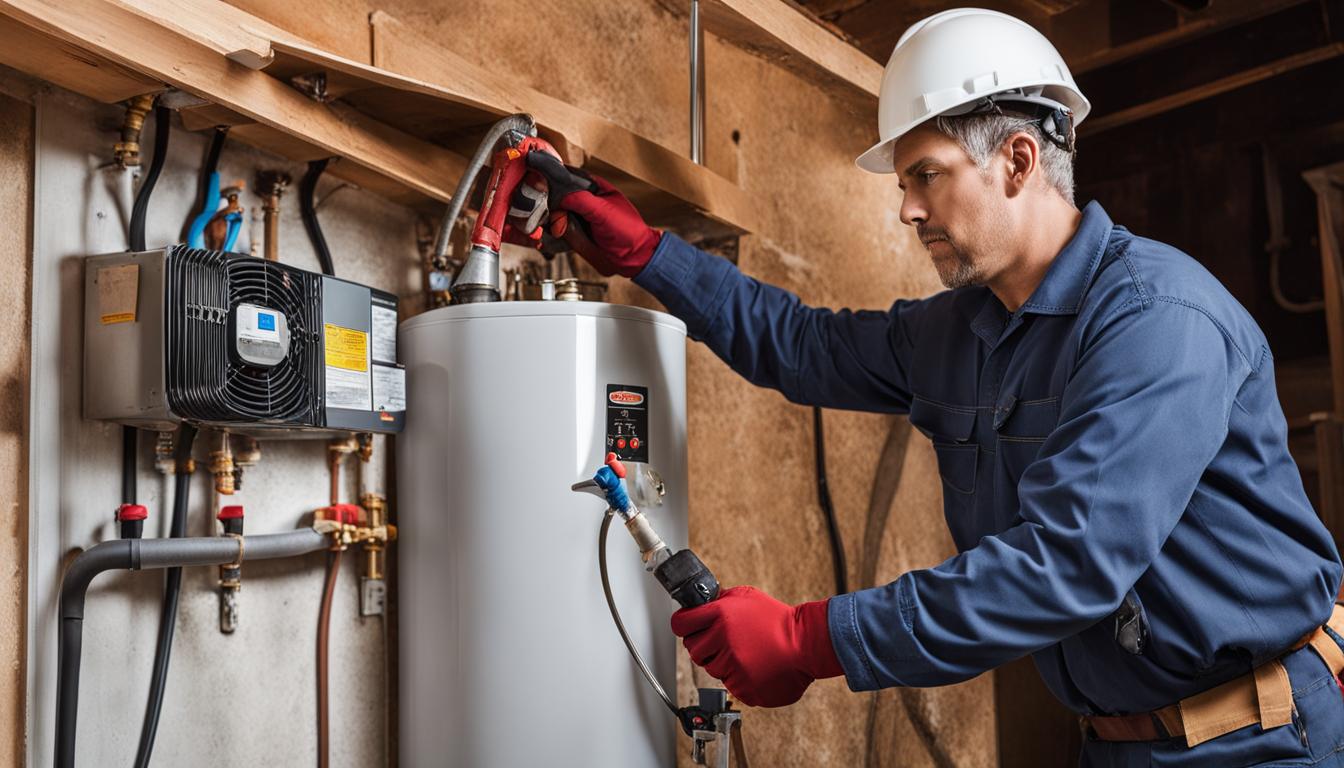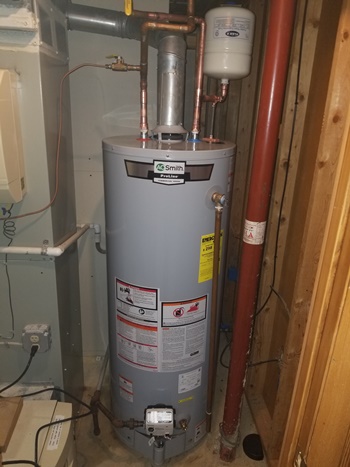How to Successfully Care for Your Home's Hot Water System
How to Successfully Care for Your Home's Hot Water System
Blog Article
On this page on the next paragraphs you can find a good deal of dependable resources on the subject of What Kind of Maintenance Do Water Heaters Need?.

Warm water is necessary for daily comfort, whether it's for a revitalizing shower or cleaning dishes. To guarantee your warm water system runs efficiently and lasts much longer, normal maintenance is crucial. This write-up gives sensible suggestions and understandings on exactly how to keep your home's hot water system to prevent disruptions and costly fixings.
Introduction
Keeping your home's hot water system may appear difficult, yet with a few basic steps, you can ensure it operates efficiently for years ahead. This overview covers whatever from comprehending your warm water system to DIY upkeep pointers and knowing when to contact specialist help.
Value of Keeping Your Hot Water System
Routine upkeep not only extends the life expectancy of your warm water system however also ensures it runs successfully. Neglecting maintenance can cause lowered efficiency, greater energy bills, and even early failing of the system.
Signs Your Hot Water System Needs Upkeep
Recognizing when your warm water system needs attention can stop significant concerns. Look out for signs such as inconsistent water temperature level, odd noises from the heating unit, or corroded water.
Recognizing Your Warm Water System
Before diving into maintenance tasks, it's valuable to recognize the standard parts of your hot water system. Generally, this includes the water heater itself, pipes, anode rods, and temperature level controls.
Regular Monthly Upkeep Tasks
Normal month-to-month checks can aid capture small concerns prior to they escalate.
Flushing the Water Heater
Flushing your water heater removes sediment buildup, boosting performance and lengthening its life.
Monitoring and Changing Anode Rods
Anode poles stop deterioration inside the container. Checking and changing them when worn is vital.
Checking and Changing Temperature Level Settings
Changing the temperature settings makes sure optimal performance and security.
Do It Yourself Tips for Upkeep
You can execute several maintenance tasks yourself to keep your warm water system in leading condition.
Looking for Leaks
Consistently check pipes and links for leakages, as these can cause water damages and higher expenses.
Checking Stress Relief Valves
Evaluating the pressure safety valve ensures it functions correctly and avoids extreme pressure accumulation.
Protecting Pipelines
Protecting warm water pipes decreases warm loss and can save energy.
When to Call a Specialist
While do it yourself upkeep is helpful, some concerns call for specialist experience.
Facility Problems Needing Expert Assistance
Examples include major leakages, electric issues, or if your water heater is regularly underperforming.
Routine Professional Maintenance Conveniences
Specialist upkeep can consist of extensive assessments, tune-ups, and ensuring compliance with security standards.
Conclusion
Regular upkeep of your home's warm water system is important for effectiveness, durability, and expense financial savings. By complying with these pointers and recognizing when to seek professional assistance, you can make sure a trusted supply of warm water without unexpected disruptions.
How to Maintain an Instant Hot Water Heater
Before tinkering with your hot water heater, make sure that it’s not powered on. You also have to turn off the main circuit breaker and shut off the main gas line to prevent accidents. Also turn off the water valves connected to your unit to prevent water from flowing into and out of the appliance. 2. When you’re done, you have to detach the purge valves’ caps. These look like the letter “T†and are situated on either side of the water valves. Doing so will release any pressure that has accumulated inside the valves while at the same time avoid hot water from shooting out and burning your skin. 3. When the purge valves’ caps are removed, you have to connect your hosing lines to the valves. Your unit should have come with three hoses but if it didn’t, you can purchase these things from any hardware or home repair shops. You can also get them from retail stores that sell water heating systems. Read the user’s manual and follow it to complete this task properly. When the hosing lines are connected, open the purge port’s valves. 4. You should never use harsh chemical cleaners or solutions when cleaning your unit. Make use of white vinegar instead. It should be undiluted and you’ll probably use about 2 gallons. 5. Now flush your water heater. This task should probably take about 40 minutes. We can’t give you specific directions for this because the procedure is carried out depending on the type, model and brand of your heater. With that being said, refer to the user’s manual. 6. When you’re done draining the unit, you have to turn off the purge port valves again. Remove the hosing lines that you earlier installed on each of the water valves. Put the valve caps (purge port) back in their respective places and be very careful so as not to damage the rubber discs that are found inside these caps. 7. Now that everything’s back in place, check your user’s manual again to find out how to reactivate your water heating system. 8. Once it is working, turn one of your hot water faucets on just to let air pass through the heater’s water supply pipes. Leave the tap on until water flows smoothly out of it. https://www.orrplumbing.com/blog/2014/september/how-to-maintain-an-instant-hot-water-heater/

I ran across that page about What Kind of Maintenance Do Water Heaters Need? when doing a search on the search engines. Sharing is caring. Helping others is fun. Thanks a lot for your time spent reading it.
Book Appointment Now Report this page